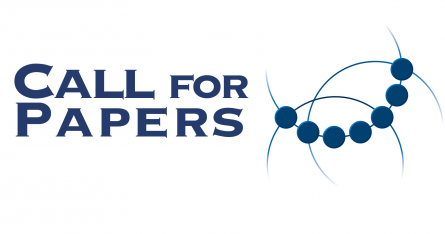Insiden dan Etiologi Kelumpuhan Saraf III, IV dan VI yang disertai Diplopia Binokuler di RSUD DR. Wahidin Sudirohusodo
Abstract
The purpose of this study is to determine the incidence and etiology of III, IV and VI nerve paralysis with binocular diplopia in RSUD dr. Wahidin Sudiro Husodo General Hospital Mojokerto. Method of this study was descriptive study using secondary medical record data. Incidence rates are adjusted for age and sex distribution of the population. The mean age of onset was 45.6 years, seven male subjects (58.3%) and five female subjects (41.7%). We identified 12 cases of acquired III, IV and VI nerve palsy over a 4-year period. The most common cause of binocular diplopia was sixth nerve palsy (33.3%), 3 patients experienced partial third nerve palsy (25%), one patient with third nerve palsy with pupil sparing (8.3%). Most common etiology was microvascular (58,3%), neoplasms (16.7%), aneurysms (8.3%) trauma (8.3%), and post meningioma neurosurgery (8.3%). Six patients (50%) with microvascular third nerve palsy had diabetes mellitus, while 1 patient (8.3%) had grade 2 hypertension. The most common cause of binocular diplopia was VI nerve palsy. Risk factors such as hypertension and diabetes mellitus which have a significant effect on diplopia. Patients with N. III, IV and VI palsy need to be done early MRI examination so that complications and progression can be prevented.
Keywords
Full Text:
PDFReferences
Comer RM, Dawson E, Plant G, Acheson JF, Lee JP, 2007. Causes and outcomes for patients presenting with diplopia to an eye casualty department. Eye (Lond). 21(3):413-8.
Cornblath WT, 2014. Diplopia due to ocular motor cranial neuropathies. Continuum (Minneap Minn). 20: 966-80
Dinkin M, 2014. Diagnostic approach to diplopia. Continuum (Minneap Minn). 20 (4 Neuro-ophthalmology): 942-965
Graham C and Mohseni M, 2019. Abducens Nerve (CN VI) Palsy. In: StatPearls [Internet]. Treasure Island (FL): StatPearls Publishing; Available from: https://www.ncbi.nlm.nih.gov/books/NBK482177/
Harder N, 2010. Temporal arteritis: an approach to suspected vasculitides. Prim Care. 37(4):757-66
Holmes JM, Mutyala S, Maus TL, Grill R, Hodge DO, Gray DT, 1999. Pediatric third, fourth, and sixth nerve palsies: A population-based study. Am J Ophthalmol. 127:388-92
Ilyas S, 2009. Ikhtisar Ilmu Penyakit Mata. Jakarta: Balai Penerbit FKUI
Lutwak N, 2011. Binocular Double Vision - A Review. American Journal of Clinical Medicine. 8(3): 166-169
Merino P, Fuentes D,Gómez de Liaño P,Ordóñez MA, 2017. DiplopÃa binocular en un hospital terciario: etiologÃa, diagnóstico y tratamiento. Archivos de la Sociedad Española de OftalmologÃa. 92(12): 565-570
Morillon P and Bremner F, 2017. Trochlear nerve palsy. Br J Hosp Med (Lond). 78:C38-C40
Sreedhar A and Menon A. 2019. Understanding and evaluating diplopia. Kerala Journal of Ophthalmology. 31(2): 102-111
Tamhankar MA and Volpe NJ, 2015. Management of acute cranial nerve 3, 4 and 6 palsies role of neuroimaging. Current Opinion in Ophthalmology. 26(6): 464-46
DOI: http://dx.doi.org/10.30742/jikw.v8i2.480
Refbacks
- There are currently no refbacks.
Copyright (c) 2019

This work is licensed under a Creative Commons Attribution-NonCommercial 4.0 International License.
Jurnal Ilmiah Kedokteran Wijaya Kusuma is licensed under a Creative Commons Attribution-NonCommercial 4.0 International License










